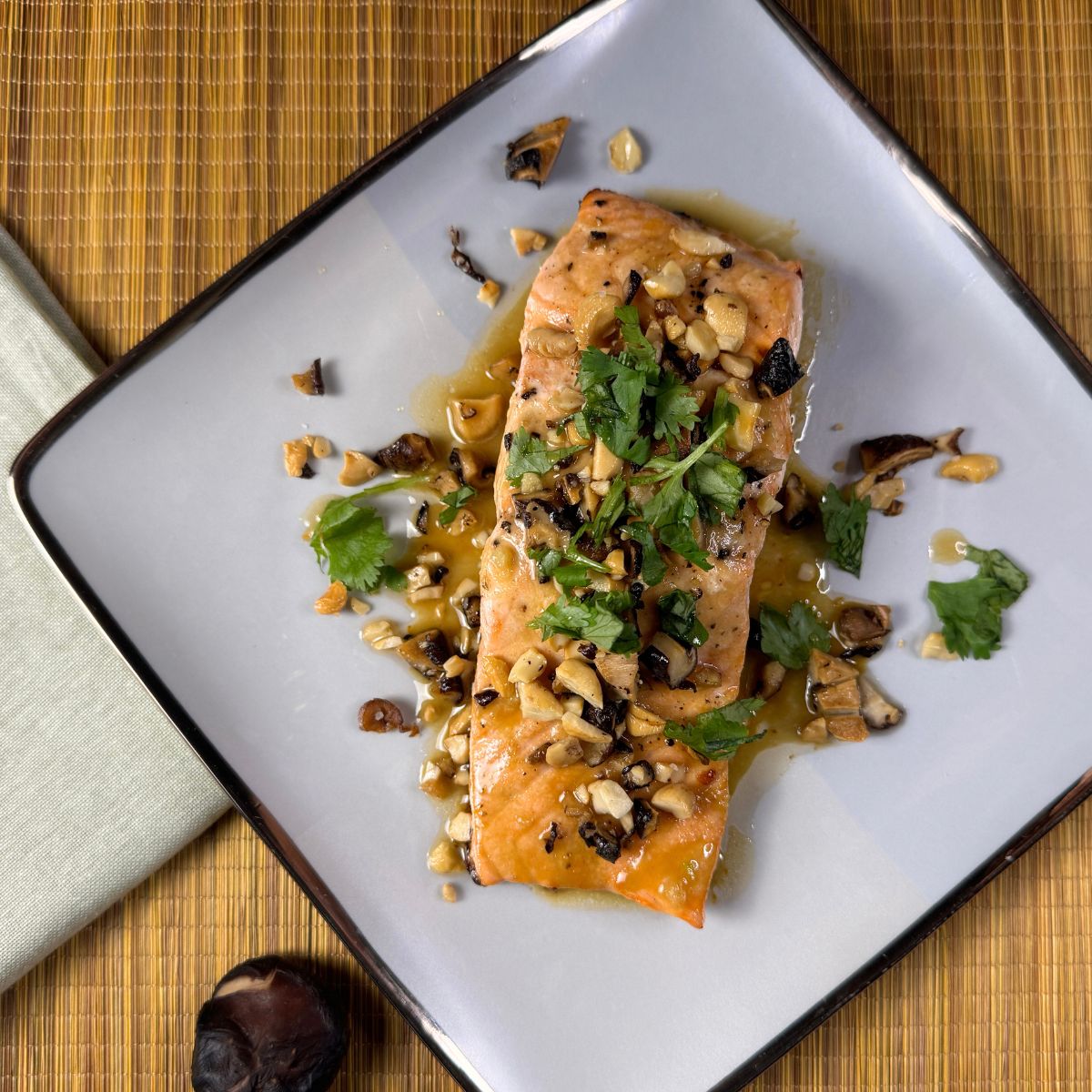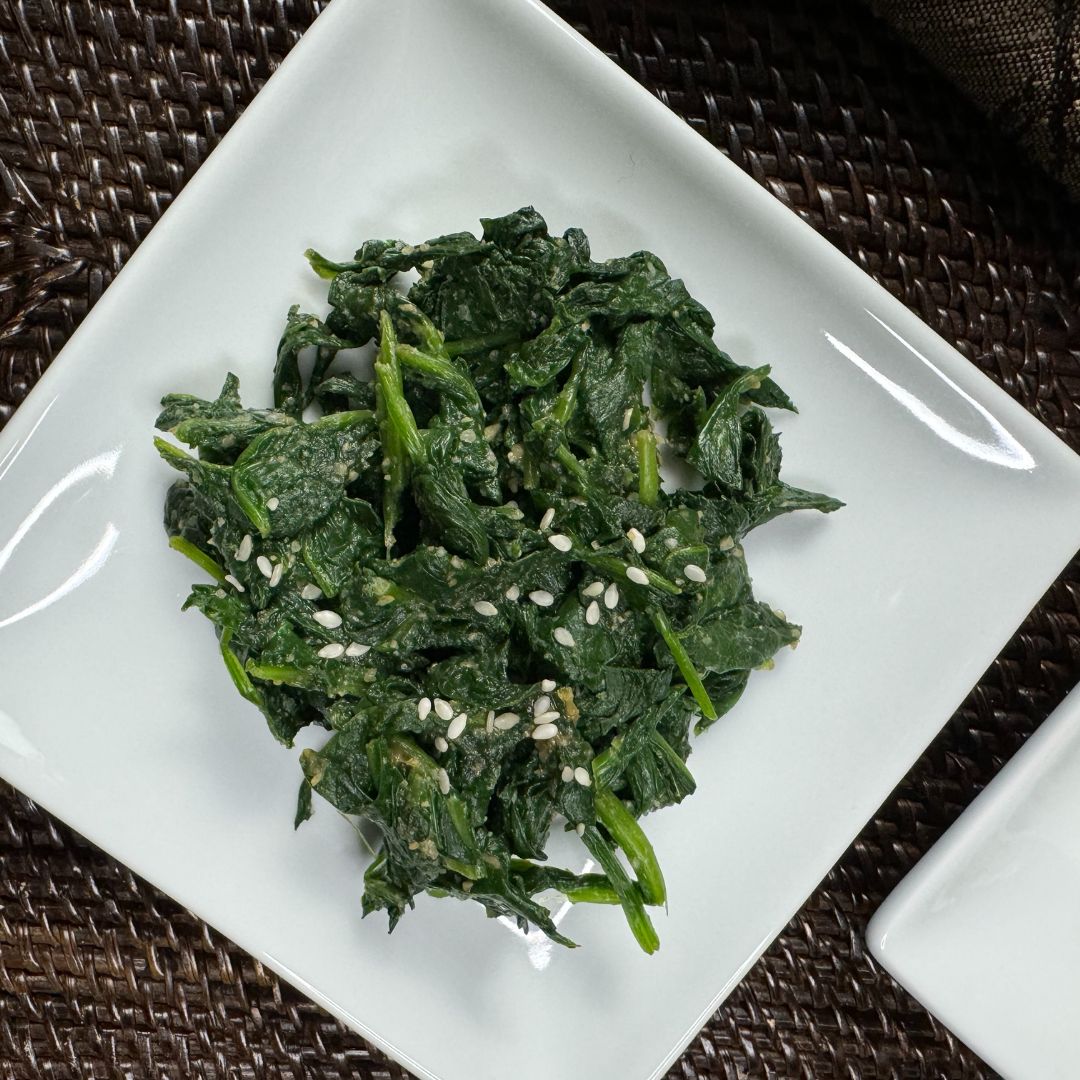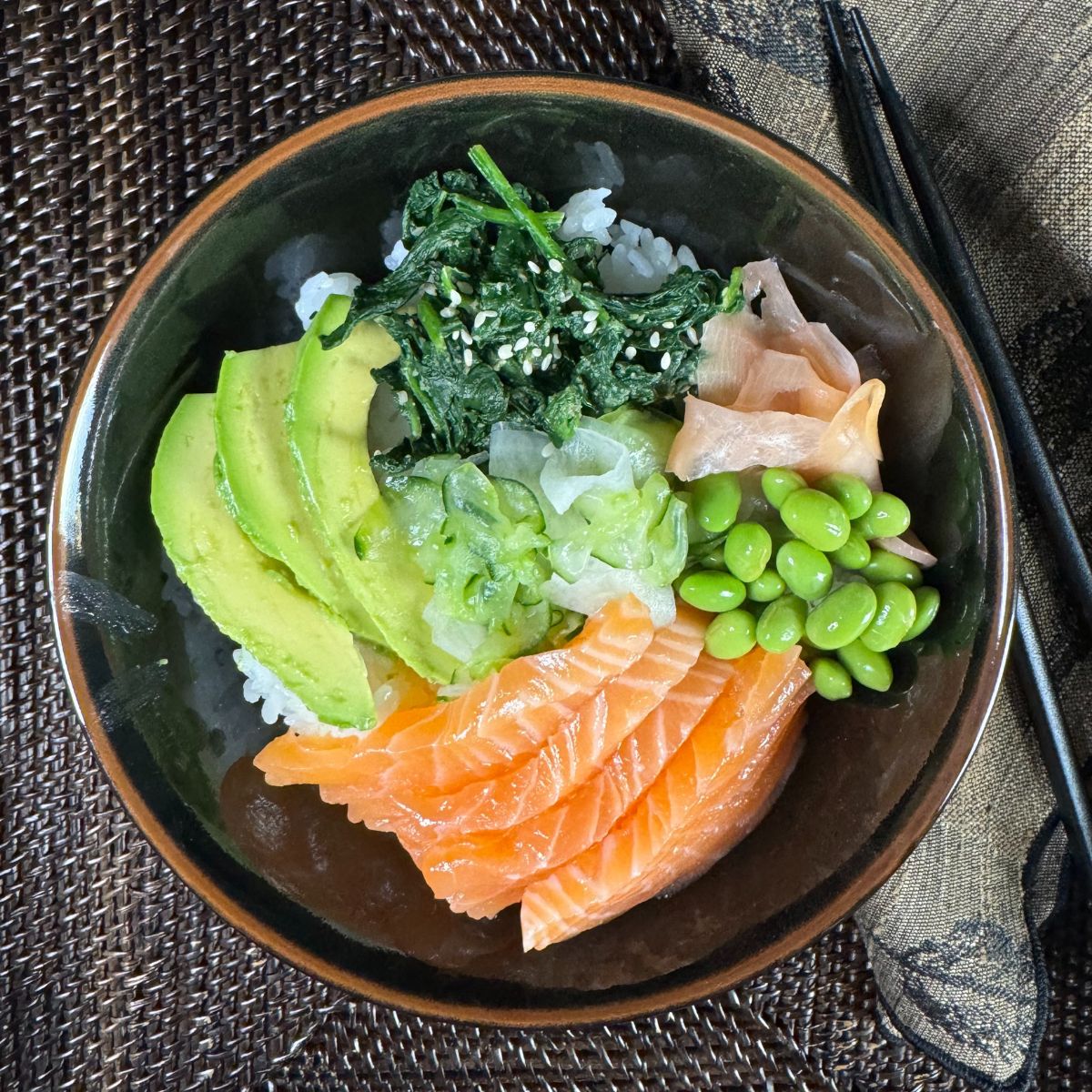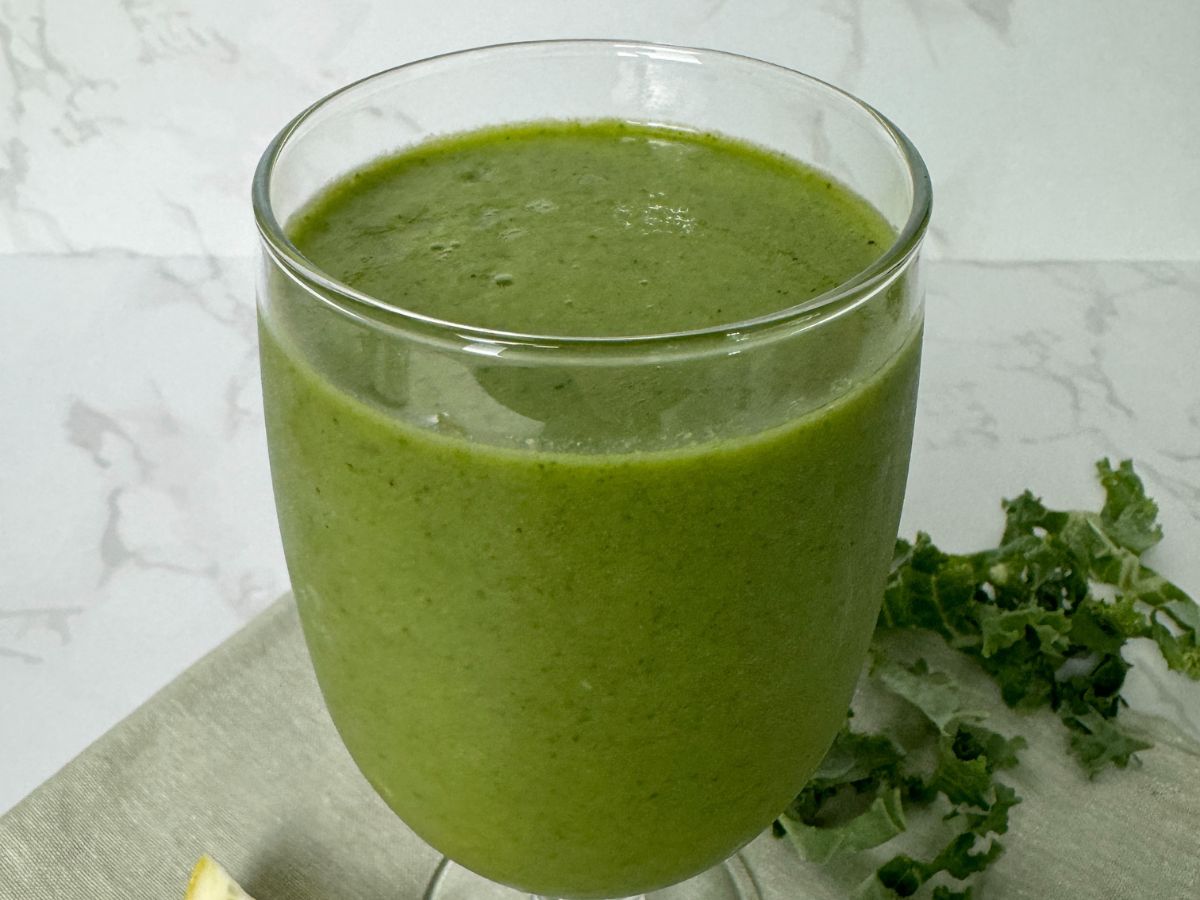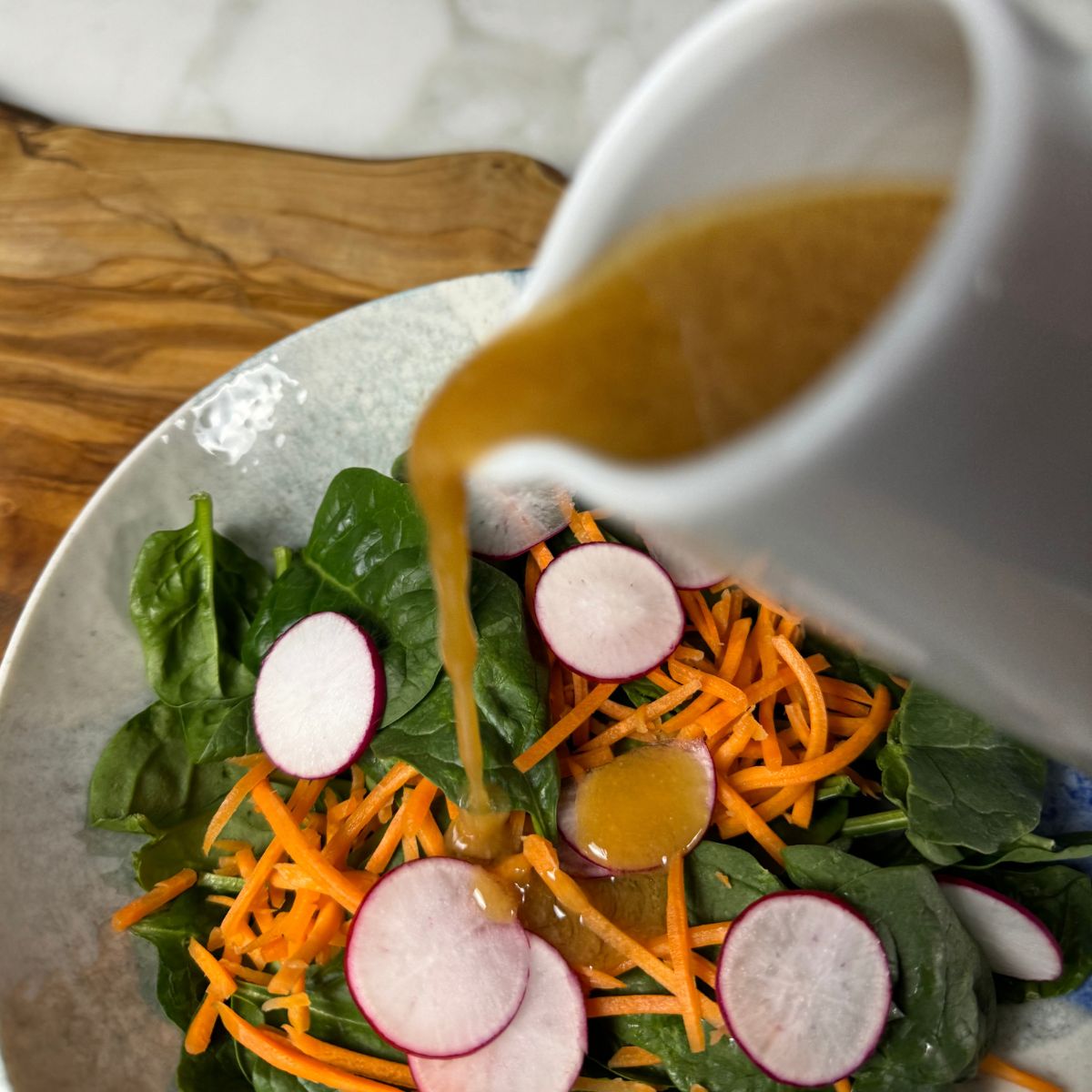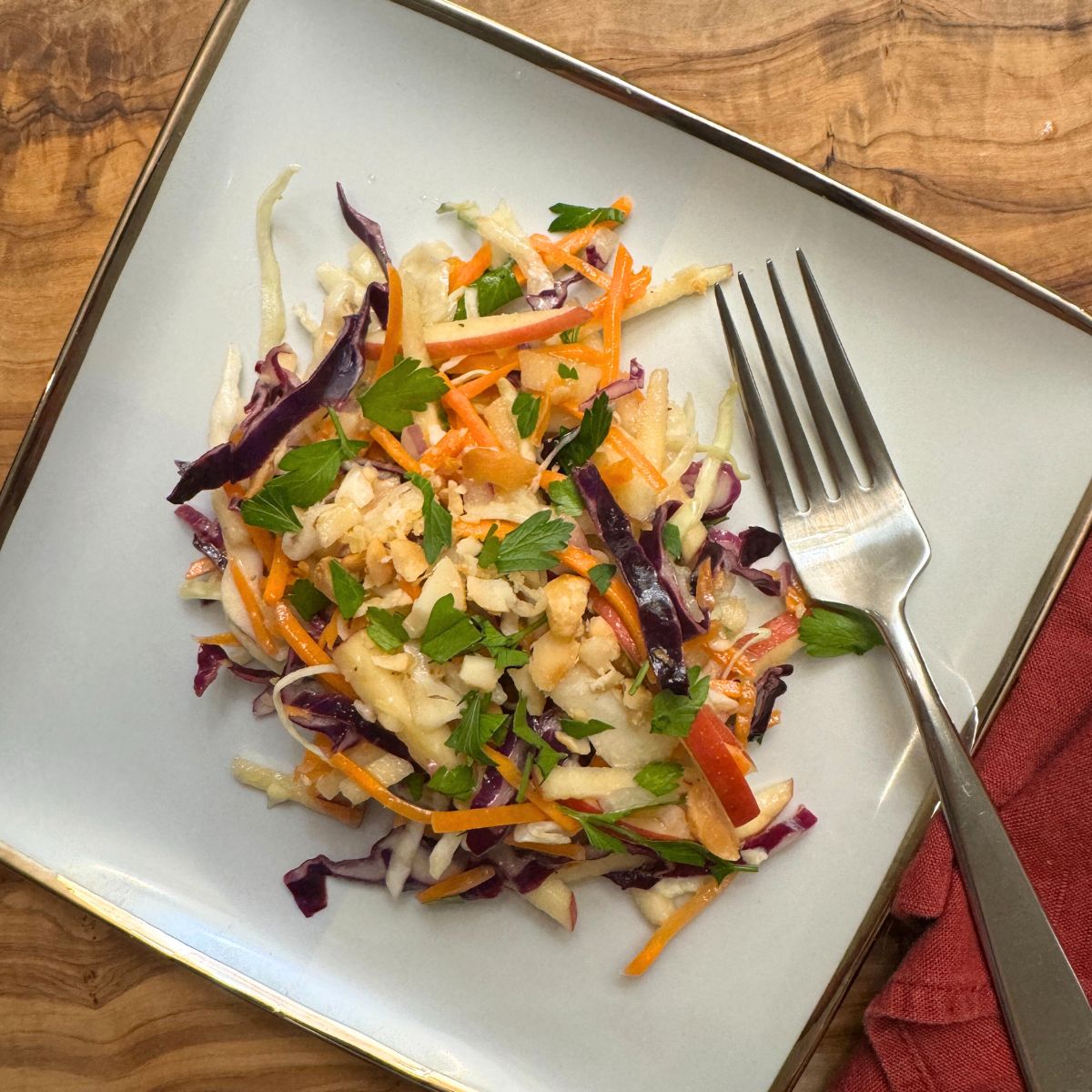When I started digging into gut health and the foods we can eat to support it, it was gratifying to see that a lot of the foods I grew up eating as a Japanese American are great for our gut! As such, a fair number of recipes you’ll find on Gut Haven are either traditional Japanese recipes or inspired by Japanese dishes because the ingredients they use.
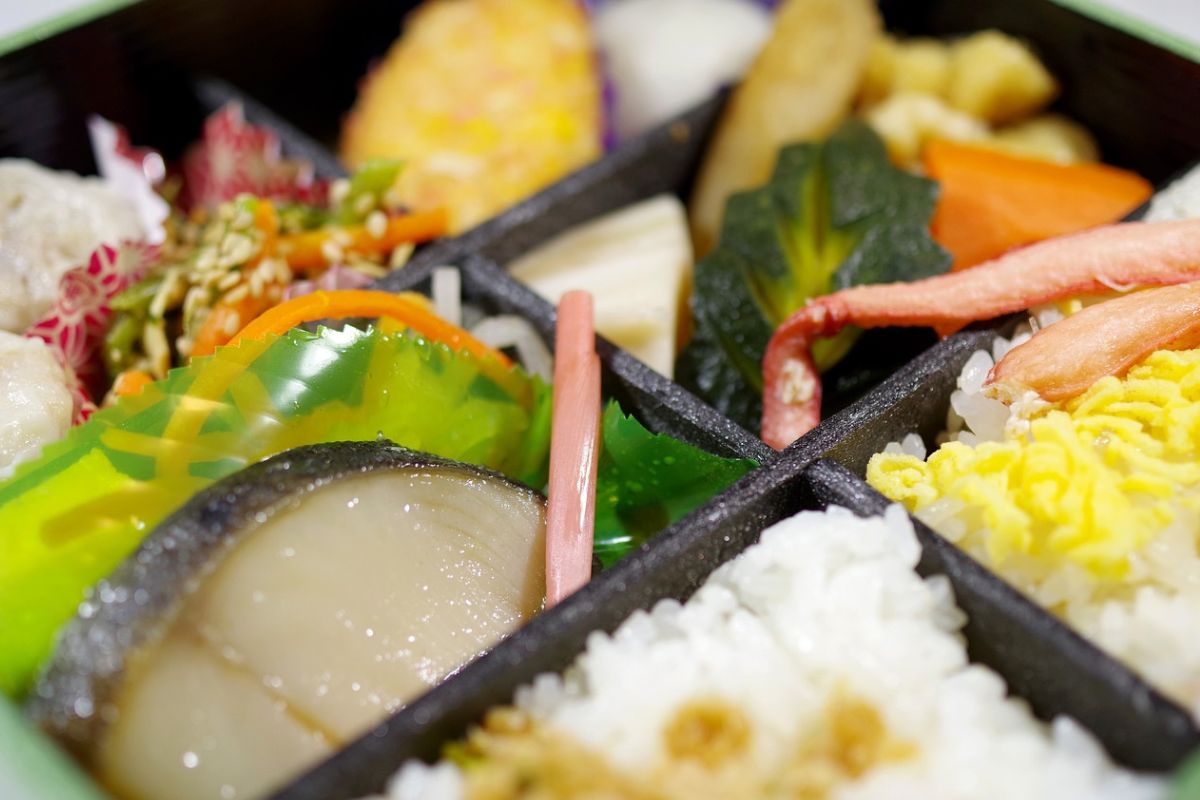
Why is a Japanese Diet Good for Gut Health?
Many gut health experts talk about the “3Ps of gut health” — polyphenols, prebiotics, and probiotics. Each of these plays a crucial role in maintaining a healthy digestive system and promoting a balanced gut microbiome.
Polyphenols support gut health by reducing inflammation, promoting the growth of beneficial bacteria, and protecting the gut lining. Probiotics help balance the gut microbiome by introducing beneficial bacteria. Finally, prebiotics serve as food for probiotics, promoting the growth and activity of these beneficial microbes.
Japanese cuisine offers rich amounts of polyphenols, probiotics, and prebiotics — from fermented foods like miso, to colorful polyphenol-rich foods like green tea, seaweed, and shiitake mushrooms, to prebiotic-boosting foods like soybeans, konjac root, and daikon.
Rich in Fermented Foods
Traditional Japanese cuisine features a variety of fermented foods like miso, natto, and tsukemono (pickled vegetables), all of which are rich in probiotics.
These beneficial bacteria help balance the gut microbiome by introducing healthy bacteria that aid digestion, improve immune function, and reduce inflammation.
Amongst other fermented foods, miso has caught the attention of gut health experts. We describe the gut-boosting qualities of miso, as well as how to prepare here.
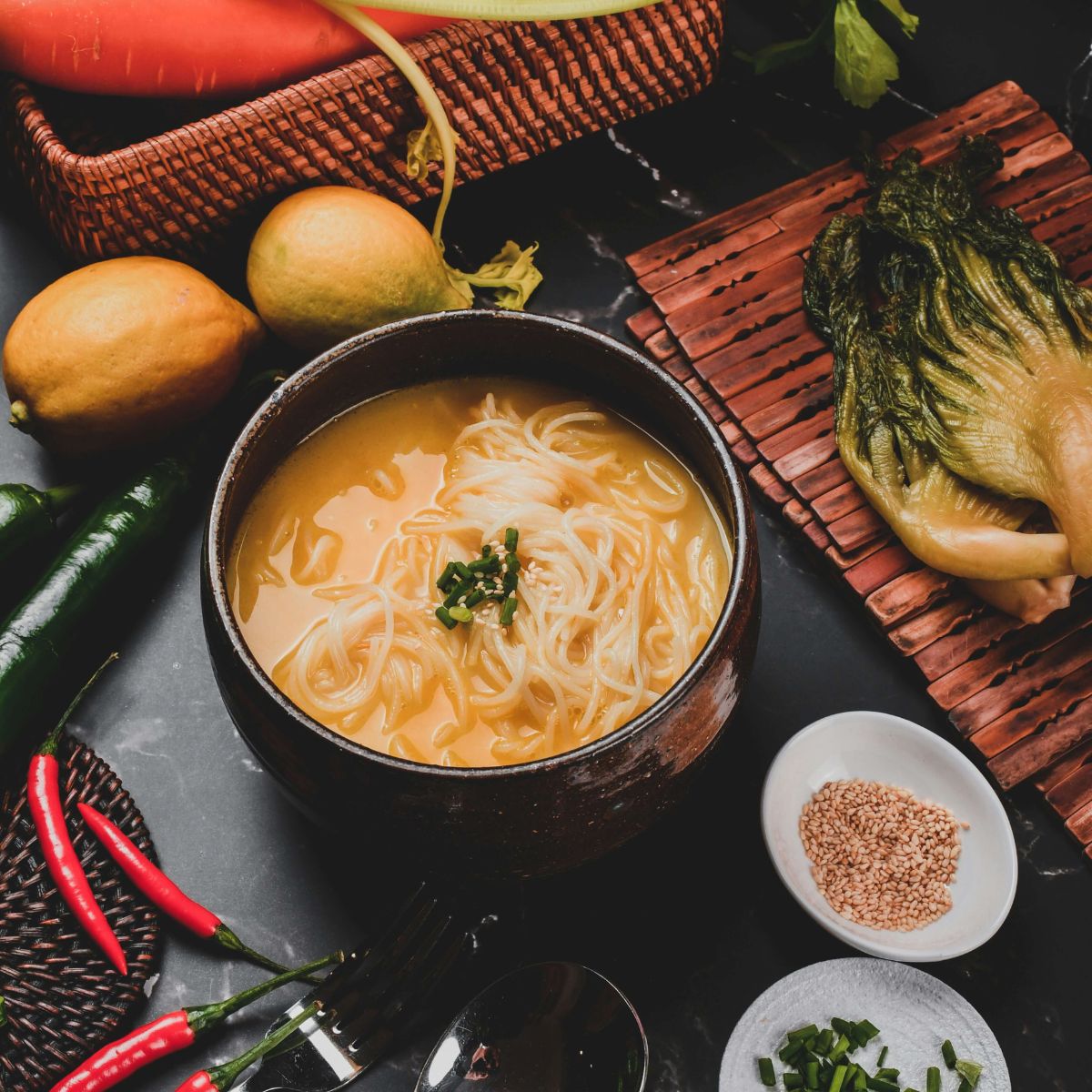
High in Fiber
Many Japanese dishes emphasize vegetables, seaweed, and whole grains, all of which are high in dietary fiber.
Fiber supports healthy digestion by adding bulk to stool, promoting regular bowel movements, and feeding beneficial gut bacteria.
Examples of high-fiber Japanese foods include “gobo” (burdock root), daikon radish, edamame, seaweed, sweet potatoes, natto, konjac root, and the wide array of other vegetables that are incorporated into Japanese dishes.
Omega-3 Rich Fish
Japanese diets include a lot of fish, which are rich in omega-3 fatty acids. As most of us know, fish plays a central role in Japanese cuisine, offering a variety of preparations that highlight the flavors and textures of different types of fish.
Omega-3s have anti-inflammatory properties that can soothe the gut lining, reduce inflammation, and promote a healthy balance of gut bacteria.

Green Tea
Green tea, a staple in Japanese culture, contains polyphenols and catechins that have been shown to improve gut health by promoting the growth of beneficial bacteria.
In addition, green tea also offers anti-inflammatory and antioxidant properties that can protect the digestive system.
Matcha nows captures major global demand. Derived from green tea leaves, matcha is arguably the healthiest form of green tea, as it’s made from grinding the entire tea leaf, as opposed to steeping it in water. We describe the gut-healthy aspects of matcha and multiple ways to prepare it here.

8 Must-Try, Japanese-Inspired Recipes
Amongst the many gut-healthy recipes you’ll find on Gut Haven, here are a sampling of recipes we highly recommend if you have a taste for Japanese flavors!
1. Glazed Salmon with Shiitake Mushrooms and Cashews
This is an incredibly flavorful method of preparing salmon, where salmon fillets are baked with a soy glaze, then topped with crunchy cashews and savory shiitake mushrooms. The Japanese-flavored glaze combined with the crunchy umami flavor of the shiitake cashew topping is divine!
2. Sesame Miso Spinach (“Horenso no Gomaae”)
Sesame Miso Spinach features blanched spinach coated with a savory, nutty, sweet sesame miso dressing. This makes a delicious salad or side to various Asian dishes. Serve it cold or at room temperature.
3. Salmon Poke Bowl
In addition to salmon sashimi, our Salmon Poke Bowl features the previously mentioned Sesame Miso Spinach, as well as refreshing sunomono (tangy cucumber and daikon salad).
4. Easy Matcha Cake
If you’re a matcha fan, you must try this easy, gluten-free Matcha Cake recipe! Featuring almond flour, matcha powder, vanilla, maple syrup, and chocolate chips, these mildly sweet cakes are baked in ramekins for cute, individual treats.
5. Oven Baked Miso Chicken
This miso glazed chicken recipe combines the gut-nourishing benefits of miso with classic Japanese flavors. Simple ingredients and roasting on a sheet pan leads to tender chicken in under an hour.
6. Matcha Smoothie with Tropical Fruit and Greens
Kickstart your day and your gut health with this refreshing Matcha Smoothie, which combines the earthy flavor of matcha, the tropical sweetness of kiwi and pineapple, and the health benefits of kale and celery. It’s packed with antioxidants, vitamins, and minerals!
7. Air Fryer Miso Cod
Succulent cod fillets are coated in a miso glaze and air-fried to perfection in this Miso Cod recipe. Don’t be fooled by the recipe’s simplicity. You’ll end up with buttery, tender fish with the sweet, umami flavors of miso, sesame, and honey.
8. Miso Sesame Dressing
If you’re trying to replicate dressings that you find at Japanese restaurants, this Miso Sesame Dressing might be for you! You get a big punch of flavor from miso, ginger, and sesame and tang from rice vinegar and lemon.

